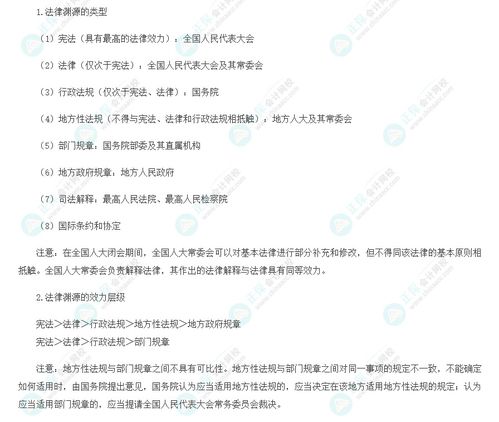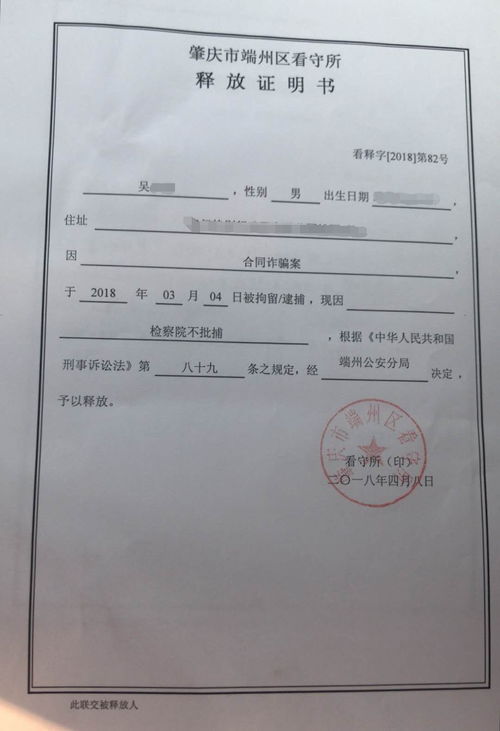重庆民间借贷去哪里借钱
Investment portfolios are a collection of assets owned by an individual or an institution. These assets can include stocks, bonds, mutual funds, real estate, and other investment products. The goal of building an investment portfolio is to achieve a balance between risk and return that is appropriate for the investor's financial goals and risk tolerance.
Key Elements of an Investment Portfolio
When constructing an investment portfolio, several key elements should be considered:
Types of Investment Portfolios
There are different types of investment portfolios, each suited to different investor profiles and goals:
- Growth Portfolio: This type of portfolio focuses on capital appreciation and may contain a higher percentage of stocks or other growthoriented investments.
- Income Portfolio: An income portfolio is designed to provide a steady stream of income through investments such as bonds, dividendpaying stocks, and real estate investment trusts (REITs).
- Conservative Portfolio: Conservative portfolios prioritize capital preservation and typically have a higher allocation of lowerrisk investments such as cash and highquality bonds.
- Aggressive Portfolio: For investors with a higher risk tolerance, an aggressive portfolio may include a larger allocation to highrisk, highreward investments such as smallcap stocks and emerging market funds.
Constructing an Investment Portfolio
Constructing an investment portfolio involves several steps:
Risks and Considerations
It's important to be aware of the risks and considerations associated with investment portfolios:
- Market Risk: Fluctuations in the financial markets can impact the value of the investments in the portfolio.
- Inflation Risk: The risk that the rate of inflation will outpace the return on investments, eroding the purchasing power of the portfolio.
- Liquidity Risk: Some investments may be less liquid, making it difficult to sell them at a favorable price when needed.
- Interest Rate Risk: Changes in interest rates can affect bond prices and the overall value of the portfolio.

Conclusion
Building an investment portfolio is a personalized process that requires careful consideration of individual financial circumstances, goals, and risk tolerance. By understanding the key elements of asset allocation, diversification, and risk management, investors can construct portfolios that align with their objectives while managing the associated risks.











